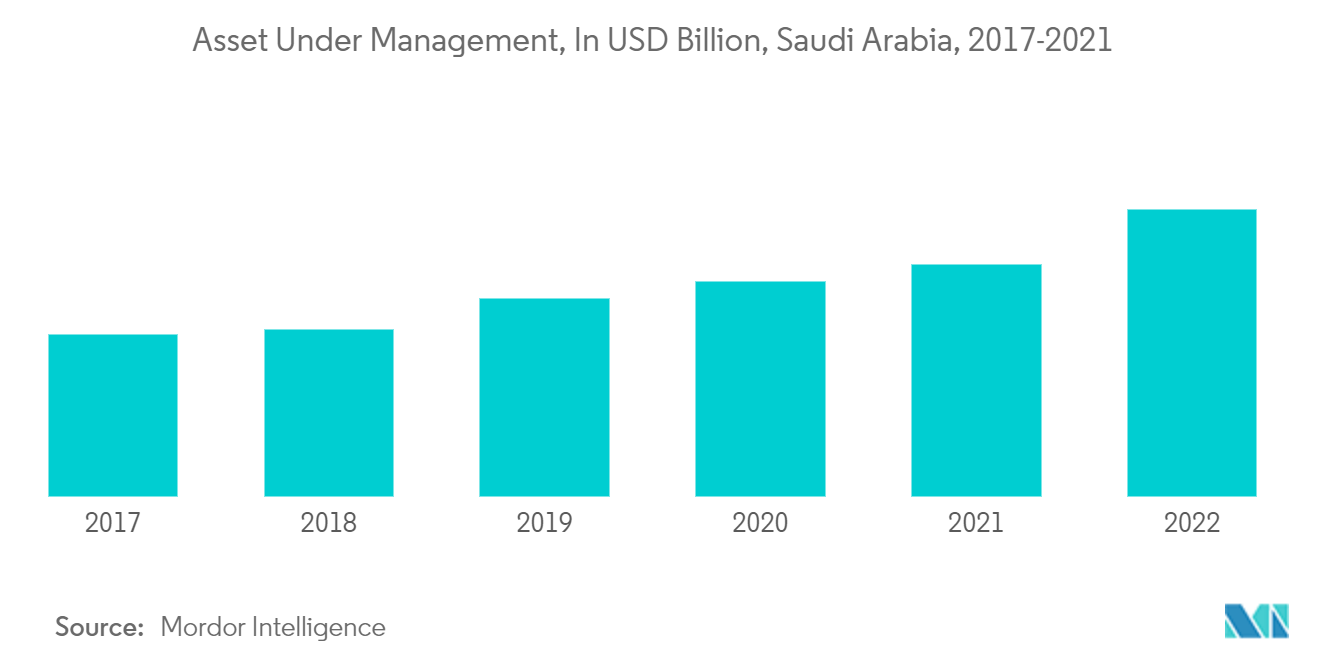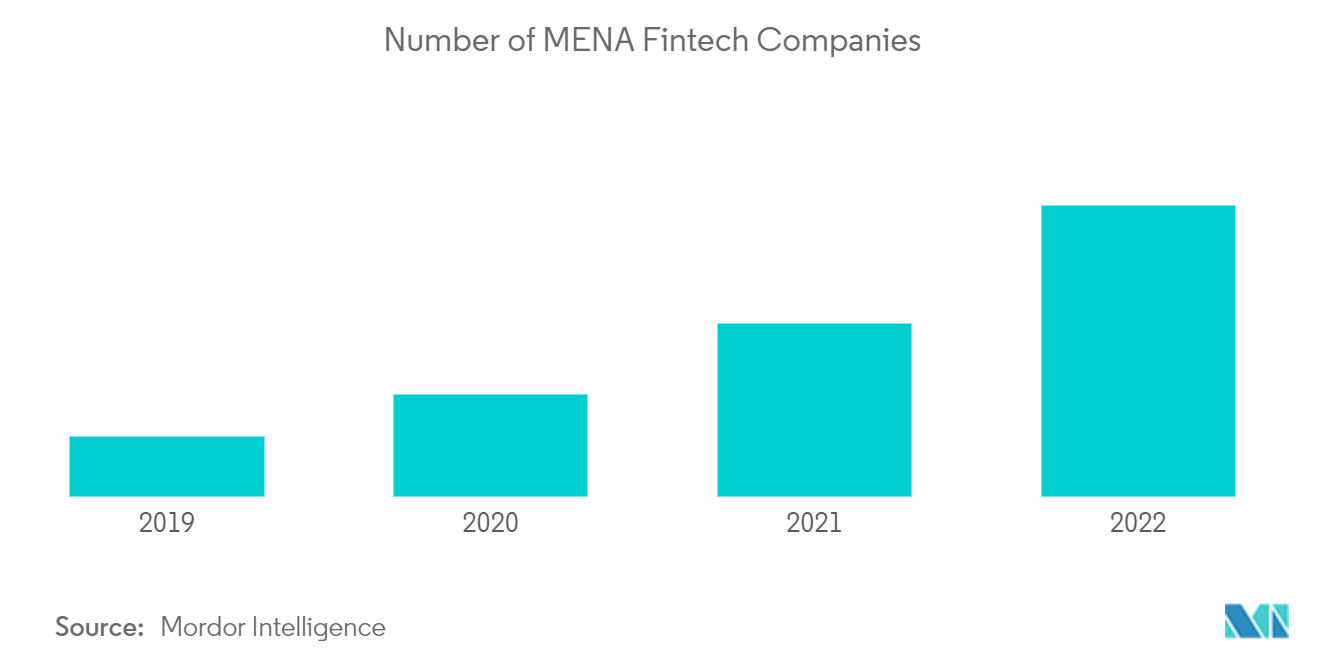Market Trends of MENA Wealth Management Industry
Saudi Arabia Asset Under Management Trend Shows Growth in Wealth Management Industry on MENA Region
Saudi Arabia has raised tens of billions of dollars in sovereign issuances in the past five years (after nearly a decade without public debt issuances). Public debt issuance increased by nearly 50 percent in recent years. While non-government debt issuance increased by more than 250 percent compared to the previous year. Over the past three years, the CMA has released numerous regulations covering the establishment of new corporate vehicles. The IPO process and foreign investment in Saudi Arabia have promised a complete revamp of existing financial services regulations.
Saudi Arabia is home to the largest investment funds in the Gulf Cooperation Council (GCC). Funds and asset managers have been gradually diversifying from primarily real estate investments into other parts of the economy, with a particular focus on venture capital and private equity, as these sectors are being supported by the CMA, PIF (directly and through its fund of funds established under the name of Jada), Sanabil Investments, the Saudi Venture Capital Company (a government-owned venture capital investment firm), the Ministry of Commerce, the Ministry of Investment, the Ministry of Labour, Social Development Bank, the Small and Medium Enterprise Authority (SMEA), the Saudi Technology Development and Investment Company (TAQNIA) and other government institutions.

Growing Fintech in MENA Boosted MENA Wealth Management Market
Wealth managers are investing in technologies such as artificial intelligence (AI) and robotic process automation. This is done to better cater to the clients and increase customer experience. FinTechs have created a new trend in the wealth management market. The number of companies in the Middle East and North Africa region. The growth has seen an exponential rise in 2022 due to the pandemic and other factors, such as increasing requirements and needs for digitalization.


